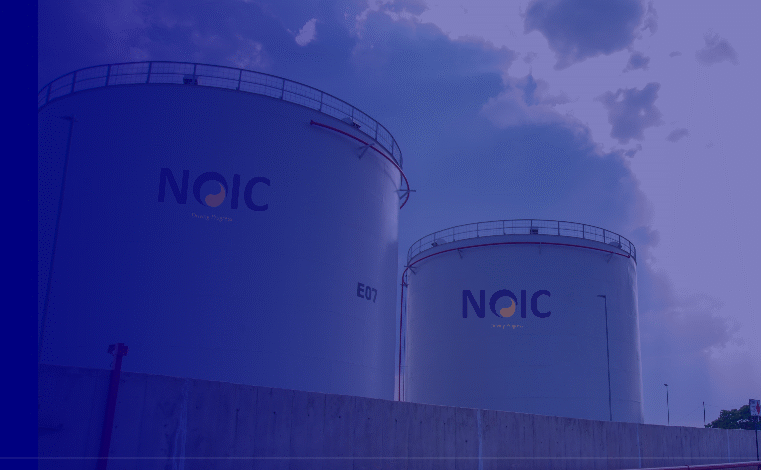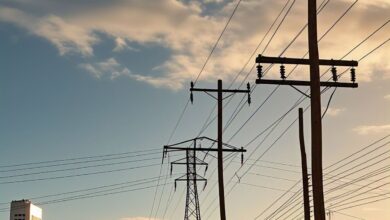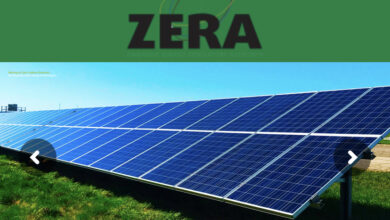How the Feruka to Harare Pipeline Upgrade Fuels National Progress

In May 2025, Zimbabwean Energy Minister spoke of upgrading the Feruka-Harare pipeline. This will turn a significant page in its energy infrastructure story. Once the upgrade is complete it promises to shift the trajectory of Zimbabwe’s development. This long-standing pipeline, first commissioned in 1966, has been the lifeblood of the country’s fuel supply system for decades. Enhancing throughput capacity and improving technology will improve livelihoods and the economy.
The Feruka to Harare pipeline upgrade brings hope to ordinary Zimbabweans. Especially those with lives intertwining with fuel access. These include transport operators, farmers, business owners and even schoolchildren waiting for reliable transport. In a country where the cost and availability of fuel have long posed daily challenges, the upgraded pipeline will be a symbol of affordability and growth.
Pipeline Infrastructure Investment Boosts Regional Trade Links
Furthermore, the upgrade is more than just an engineering feat. It represents Zimbabwe’s commitment to strengthening regional trade ties. This is particularly through the Southern African Development Community (SADC). By ensuring a more consistent and efficient flow of petroleum products, the Feruka to Harare pipeline will be an artery not just for Zimbabwe, but for neighbouring nations such as Zambia and the Democratic Republic of Congo.
Additionally, the capacity enhancement will significantly reduce the country’s reliance on road tankers. This is crucial, especially given the environmental impact and financial strain caused by road-based fuel transport.
Fuel Transport Pipeline Modernisation Helps Local Communities
One of the lesser-known benefits of the Feruka to Harare pipeline upgrade lies in the opportunities it creates for rural communities. With more reliable fuel supply, public transport becomes consistent, clinics can power essential equipment and irrigation systems get the fuel they need to keep fields green. For communities in regions such as Mashonaland East, this isn’t just infrastructure—it’s empowerment.
When fuel is scarce or overpriced, small business fail to make deliveries. However, this upgrade gives them hope.
Energy Distribution Projects as Drivers of Development
As Zimbabwe moves toward middle-income status, infrastructure like the Feruka to Harare pipeline will be pivotal. New pressure sensors, leak detection systems and improved flow rates lays the foundation for a stable, modern fuel distribution network. This directly supports Vision 2030, the government’s plan for sustainable economic transformation.
Zimbabwe’s ability to modernise and maintain critical infrastructure amid economic pressures is viewed as a sign of growing capacity and national focus.
Petroleum Supply Chain Improvements Drive Hope and Efficiency
More fuel at lower cost and less environmental impact—these are the measurable benefits of this smarter, upgraded pipeline system. But at the heart of the story is something intangible yet powerful: capacity. That of a farmer filling his tractor’s tank without waiting in line for hours. The capacity of a nurse arriving at work on time because her commuter bus had enough fuel. Also, the capacity of a country asserting its readiness to grow.





